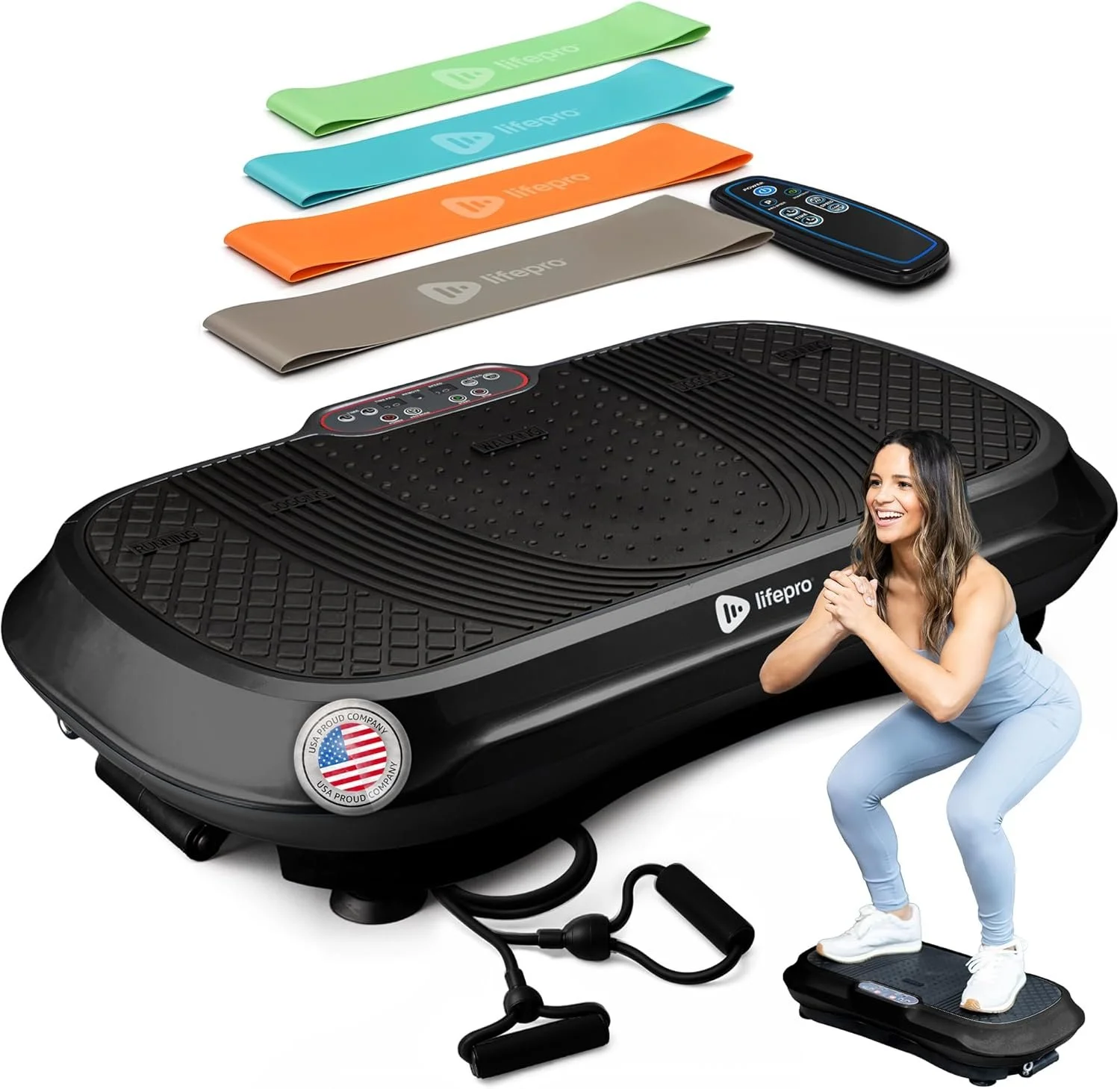Fascia, Lymph & Winter Wellness: Why Rolfing® and Vibration Therapy Are a Powerful Pair
Winter naturally slows us down. Shorter days, colder temperatures, and the instinct to stay indoors all mean we move less—and our bodies feel it. Stiffness creeps in, circulation dips, and many people notice an increase in aches, swelling, or general sluggishness.
But there’s a deeper reason behind this seasonal heaviness: your fascia and lymphatic system are closely linked, and both depend on movement to keep you feeling vibrant.
The good news?
Understanding this connection—and knowing how to support it—can transform how you feel through the winter months.
This is where Rolfing® Structural Integration and tools like the LifePro vibration plate shine.
Fascia & Lymph: A Quick (But Fascinating) Overview
Fascia: The Body’s 3D Connective Tissue Network
Fascia is a seamless web of connective tissue that wraps around every muscle, organ, nerve, and bone.
It’s responsible for:
Structural support
Force transmission
Fluid flow
Sensory perception (fascia is highly innervated)
Allowing the body to adapt and move with ease
Healthy fascia is supple, hydrated, and responsive.
Restricted fascia, however, can feel tight, achy, congested, or stuck.
Lymph: Your Detox, Defense & Fluid-Movement System
The lymphatic system clears cellular waste, supports immunity, and returns fluid back into circulation.
Unlike the blood, the lymph system has no pump of its own. Movement—especially the push-pull actions created by muscles and fascia—is what keeps lymph flowing.
The Fascia–Lymph Connection
This relationship is intimate:
Lymphatic vessels are embedded within the fascial layers.
When fascia glides well, lymph flows well. When fascia stiffens or thickens, lymph can stagnate.
Fascia acts as a hydraulic system, creating pressure changes that help move lymph.
Restrictions in fascia can lead to swelling, puffiness, or a sense of "internal congestion."
So when people feel “heavy,” “puffy,” or “stuck,” they’re often experiencing a fascial and lymphatic slowdown, not just a lack of exercise.
Why Rolfing® Helps Reawaken Flow
Rolfing isn’t a massage—it’s methodical, precise structural work aimed at improving alignment, fascial hydration, and movement efficiency.
Benefits for Fascia & Lymph During Winter:
1. Restores Fascia Glide & Hydration
Hands-on manipulation helps rehydrate fascial layers, allowing better movement of lymphatic fluid.
2. Improves Posture & Decompression
When your structure is more balanced, the lymphatic pathways have more space and less restriction.
3. Enhances Circulation and Lymph Flow
Rolfing uses slow, intentional pressure that creates the perfect mechanical stimulus for lymphatic movement.
4. Helps Counter Winter Stiffness
Even if you’re moving less, Rolfing helps keep tissue mobility high.
5. Supports Immunity & Recovery
By improving lymph movement, the body is better equipped to clear waste and support immune defenses.
For many people, winter is actually the best time to start or continue a Rolfing series because your body gets the support it needs when it needs it most.
Enter: The LifePro Vibration Plate—A Winter Wellness Lifeline
When it’s too cold for long walks or your schedule keeps you inside, the LifePro vibration plate can be incredibly helpful.
It offers whole-body mechanical stimulation, which mimics some of the internal benefits normally achieved through walking or gentle movement.
Why It Works So Well for Fascia & Lymph
1. Stimulates Lymph Flow Without Needing Intense Movement
The gentle oscillation rapidly contracts and relaxes muscles, creating a pump-like effect that moves lymph—even when you're just standing on it.
2. Hydrates and Mobilizes Fascia
The vibration helps soften fascial tissues, making them more pliable—a nice complement to Rolfing sessions.
3. Boosts Circulation & Warmth
Great for cold mornings when your body feels frozen or stiff.
4. Supports Joint Mobility with Less Effort
Especially helpful for people who are hyper-mobile, in pain, postpartum, or easing back into movement.
5. Creates the “Movement Your Body Is Missing” in Winter
Just 5–10 minutes a day can counter the negative effects of decreased activity.
Rolfing + Vibration Plate: Why They're Great Together
Using a LifePro vibration plate between sessions can help you:
Maintain the gains from your Rolfing work
Keep fascia hydrated and responsive
Support your lymphatic system daily
Reduce inflammation and stiffness
Improve balance, proprioception, and core engagement
Feel more energized and less "stuck"
Think of Rolfing as the deep recalibration of your structure, and the vibration plate as the daily gentle nudge that keeps everything moving well.
Tips for Getting Started with Vibration Therapy
Start with 10 minutes, barefoot if comfortable.
Gentle standing or light hip/knee bends are enough.
Work up to 15-20 minutes, 3–5 days a week.
Use it before or after a warm shower for extra fascial hydration.
Pair with slow diaphragmatic breathing to enhance lymph flow.
Winter Doesn't Have to Mean Feeling Stuck
Your fascia and lymphatic system thrive on movement—but “movement” doesn’t have to be intense or time-consuming.
Rolfing provides deep, lasting structural support, and the LifePro vibration plate offers an easy, accessible way to keep things flowing at home.
Together, they help counteract the stagnation of winter and keep you feeling aligned, energized, and at home in your body.
Rolfing bodywork offers a powerful, hands-on approach to releasing fascial tension and restoring balance to the body. If you’re dealing with chronic pain, stiffness, or postural issues, Rolfing could be a game-changing solution for unlocking your fascia and helping you move more freely. Book your session here and visit Open Potential Bodywork, conveniently located in Cleveland Heights, OH.
By incorporating these techniques into your routine and considering Rolfing as part of your self-care strategy, you can nurture your fascia and enjoy a more flexible, strong, and pain-free body.
Jessica Dillard
Certified Advanced Rolfer
*This post contains an Amazon affiliate link, and I may receive a small commission from purchases made through it.*

